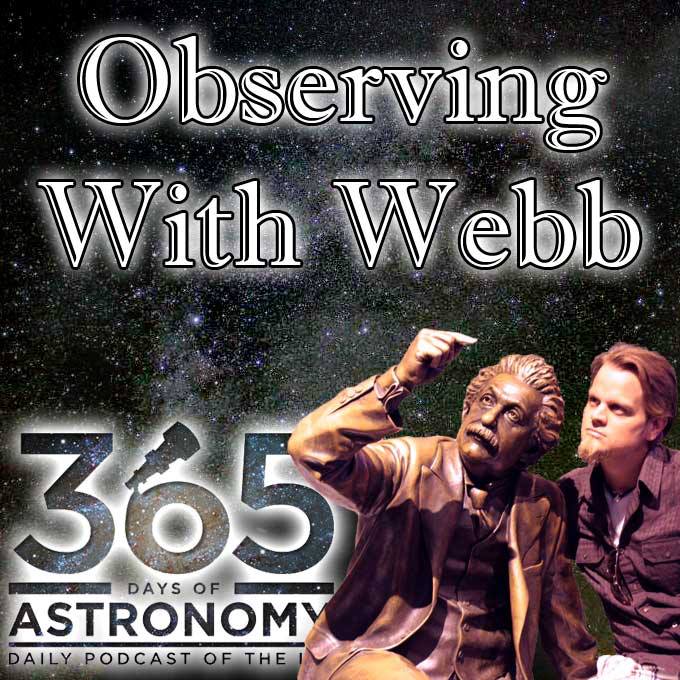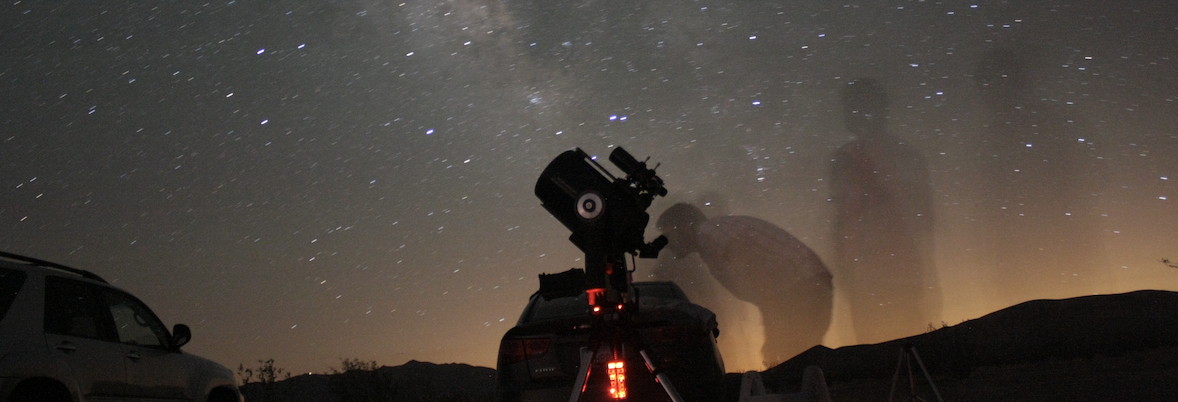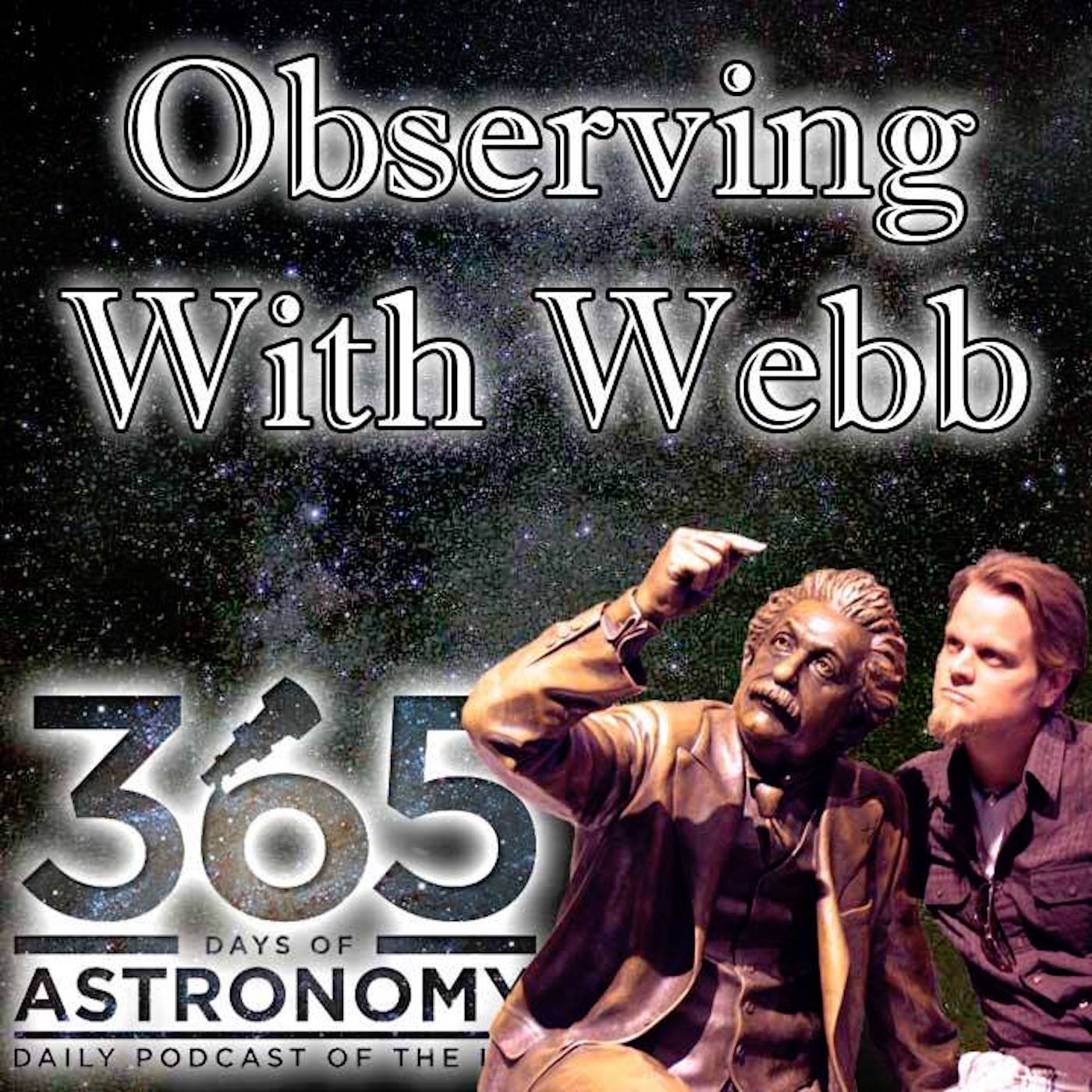Episodes

Wednesday Jan 29, 2014
February 2014
Wednesday Jan 29, 2014
Wednesday Jan 29, 2014
February brings us Jupiter out in full force, three planets visible in the morning, and some cold, cold nights.
To see a video of this information (<10 min long) go to my YouTube Channel
PLANETS...well, the ones visible with your naked eye
Planets you can see around Sunset – Jupiter (E)
Planets you can see throughout the night – Jupiter (EàSàNW)
Planets you can see in the Morning – Mars (SW), Saturn (S), Venus (SE)
Mercury – Not really worth looking for.
Venus – Venus will be very bright again this month, but in the
morning toward the Southeast. It rises
pretty much after 5am and is about 20˚ above the horizon by sunrise. Closest to
the Moon on the 25th and 26th.
Mars – Look low in the East after 11pm, higher in the Southwest
around sunrise. It’s hanging out in
Virgo this month. Close to the Moon on
the 19th-20th.
JUPITER – Jupiter is out pretty much all night, making this a great
time to observe, but it will set around 4am.
Look East after sunset for the brightest “star” currently in the middle
of Gemini. It’ll move toward the South
and eventually set in the West before sunrise.
Close to the Moon on the 10th.
Saturn – Look low in the Southeast after 1am for the bright point that is Saturn, which rises and moves to the South by sunrise. Closest to the Moon on the 21st and 22nd.
EVENTS...
New Moon – None! (darkest skies)
First Quarter Moon – 6th (Visible until midnight)
10th – Close Encounter – Moon & Jupiter – Find the Gibbous Moon in the Southeast in the evening. Jupiter will be 6˚ to the left, or 5˚ above it if you’re looking around midnight.
Full Moon – 14th (Visible all night)
20th – Close Encounter – Mars, Moon – Get out
early in the morning and check out the gibbous Moon in the SE. Mars will be about 5˚ above it on the morning
of the 20th.
21st-22nd – Close Encounter – Moon, Saturn – Look to the SE after 2am and you can see a quarter Moon, with Saturn about 7˚ below/left of it on the 21st. On the 22nd, Saturn will be about the same distance away, but above/right of the Moon. If you are in Madagascar, Australia, or New Zealand, you can see Saturn get occulted by the Moon, meaning the Moon passes in front of Saturn!
Last Quarter Moon – 22nd (Visible from midnight into the morning)
26th – Close Encounter – Moon, Venus – Before sunrise, look to the Southeast and find a VERY thin crescent Moon. Venus will be about 4˚ to the right of the Moon, making a very nice morning pair worthy of a picture. If you are in Africa or southern Asia, you can see Venus get occulted by the Moon, meaning the Moon passes in front of Venus!
CONSTELLATIONS... (see sky map link at the bottom for a Star Map for this month – or ask Mr. Webb) Look straight up and you'll see...
After Sunset (sunset is around 5:00-5:30pm) – Perseus, Taurus, Auriga – Extra Challenge! Right in the middle of Perseus is an open cluster called Mel 20. If you take binoculars and look around Perseus, you’ll see plenty of stars, but right in the middle where Mel 20 is, there are a lot more than you can see anywhere else in Perseus, hence they call it a cluster of stars.
Between Sunset and Midnight – Auriga (Taurus is right nearby), Gemini
Midnight – Cancer, Gemini, Lynx, and Leo later in the month
Early Morning – Corona Borealis, Hercules, Boötes (you can also find the Big Dipper’s handle, and starting from the inside of the handle, follow the arc that those four stars make past the last star in the handle about 30˚ or three fist-widths to the next very bright star you find which is Arcturus, the base of the constellation Boötes. Hence astronomers use the phrase “Follow the Arc to Arcturus”)
GENERAL CONSTELLATION FINDING TIPS:
Winter constellations: Orion is easy to spot as he is already high in the South when it gets dark. You can use Orion to find many other winter constellations.
Using Orion: Find Orion by looking for the three stars in a row that make up Orion’s belt in the South. If you draw a line from the left star to the right star and keep going right about 20 degrees (about 2 fists at arm’s length) until you reach another very bright star, you will have reached the star Aldebaron in Taurus (the V). Follow that line a little more (about another fist) and you’ll find the Pleiades.
Draw a line from the right star in Orion’s belt to the left star, and keep going left about 20 degrees (2 fists again), you’ll come to the brightest star in the sky – Sirius – part of Canis Major.
Above these three constellations are Gemini and Auriga. The brightest stars in each of these constellations form a circle in the sky. Going clockwise - Aldebaron (Taurus) – Rigel (Orion – bottom right foot) – Sirius (Canis Major) – Procyon (Canis Minor) – Castor & Pollux (Gemini) – Capella (Auriga). It makes for great stargazing in the winter sky.
Use a sky map from www.skymaps.com to help you out.

Wednesday Jan 01, 2014
January 2014
Wednesday Jan 01, 2014
Wednesday Jan 01, 2014
To see a video of this information (<10 min long) go to my YouTube Channel here
January is fairly interesting, given that you can see all five naked-eye planets at some point, Venus switches from an evening star to a morning star, and there are a few closer-than-normal encounters between the Moon and the planets.
PLANETS...well, the ones visible with your naked eye
Planets you can see around Sunset – Venus (SW-early Jan), Jupiter (E)
Planets you can see throughout the night – Jupiter (EàSàNW)
Planets you can see in the Morning – Jupiter (NW), Mars (SW), Saturn (S), Venus (SE-late Jan)
Mercury – Might be able to catch it in the West 10-15˚ above the horizon at sunset at the end of the month, higher toward the 31st. Get binoculars.
VENUS – Venus does a switcheroo this month: It will be very prominent in the south west at sunset until about the 8th. Look for the very bright “star” in the SW after the sun sets. Then it passes in front of the Sun (inferior conjunction - no transit) and becomes visible in the morning sky starting the 13th, though the 20th is when it’ll be easier to see. In a telescope, this is a great time to look, considering it will be MUCH bigger than it normally is in the eyepiece, since it’s closer to the Earth. Closest to the Moon on the 2nd, 28th, and 29th.
Mars – Look low in the East after midnight, higher in the South around sunrise. It’s hanging out in Virgo this month. Close to the Moon on the 23rd.
JUPITER – Jupiter is out pretty much all night, making this a great time to observe. Look East after sunset for the brightest “star” currently in the middle of Gemini. It’ll move toward the South and eventually toward the NorthWest in the morning. Close to the Moon on the 14th.
Saturn – Look low in the East after 3am for the bright point that is Saturn, which rises and moves to the South by sunrise. Closest to the Moon on the 25th.
EVENTS...
New Moon – 1st (darkest skies)
2nd – Close Encounter – Moon, Venus– Look Southwest up to 45 minutes after the Sun sets and look for a VERY thin waxing crescent Moon. Venus will be 6˚ down and to the right of the Moon. Venus will be the first “star” you see in that direction.
First Quarter Moon – 7th (Visible until midnight)
14th – Close Encounter – Moon & Jupiter – Find the Full Moon in the E in the evening. Jupiter will be 5˚ to the left, or 5˚ above it if you’re looking around midnight.
Full Moon – 15th (Visible all night)
23rd – Close Encounter – Mars, Moon – Get out early in the morning and check out the third quarter Moon in the SE. Mars will be about 5˚ above it.
Last Quarter Moon – 24th (Visible from midnight into the morning)
25th – Close Encounter – Moon, Saturn – Look to the SE after 3am and you can see a crescent moon, with Saturn about 2˚ from it.
28th, 29th – Close Encounter – Moon, Venus – Before sunrise, look to the Southeast and find a VERY thin crescent Moon. On the 28th, Venus will be about 10˚ to the left and on the 29th, Venus will be about 6˚ above the Moon.
New Moon – 30th (darkest skies)
CONSTELLATIONS... (see sky map link at the bottom for a Star Map for this month – or ask Mr. Webb) Look straight up and you'll see...
After Sunset (sunset is around 5:00pm) – Perseus, Taurus, Auriga – Extra Challenge! Right in the middle of Perseus is an open cluster called Mel 20. If you take binoculars and look around Perseus, you’ll see plenty of stars, but right in the middle where Mel 20 is, there are a lot more than you can see anywhere else in Perseus, hence they call it a cluster of stars.
Between Sunset and Midnight – Auriga, Taurus, Gemini
Midnight – Gemini
Early Morning – Bootes
GENERAL CONSTELLATION FINDING TIPS:
Winter constellations: Orion is easy to spot as he is rising in the East around 7:30pm. You can use Orion to find many other winter constellations.
Using Orion: Find Orion by looking for the three stars in a row that make up Orion’s belt in the East after sunset. If you draw a line from the left (bottom) star to the right (top) star and keep going right about 20 degrees (about 2 fists at arm’s length) until you reach another very bright star, you will have reached the star Aldebaron in Taurus (the V). Follow that line a little more (about another fist) and you’ll find the Pleiades.
Draw a line from the right (top) star in Orion’s belt to the left (bottom) star, and keep going left about 20 degrees (2 fists again), you’ll come to the brightest star in the sky – Sirius – part of Canis Major.
Above these three constellations are Gemini and Auriga. The brightest stars in each of these constellations form a circle in the sky. Going clockwise - Aldebaron (Taurus) – Rigel (Orion – bottom right foot) – Sirius (Canis Major) – Procyon (Canis Minor) – Castor & Pollux (Gemini) – Capella (Auriga). It makes for great stargazing in the winter sky.
Use a sky map from www.skymaps.com to help you out.

